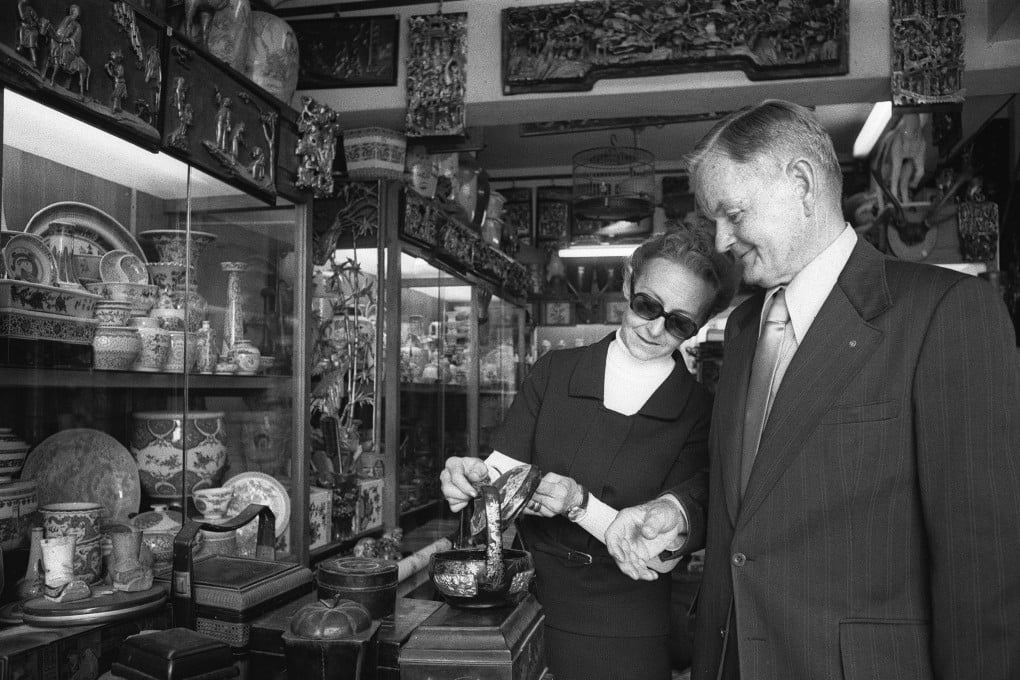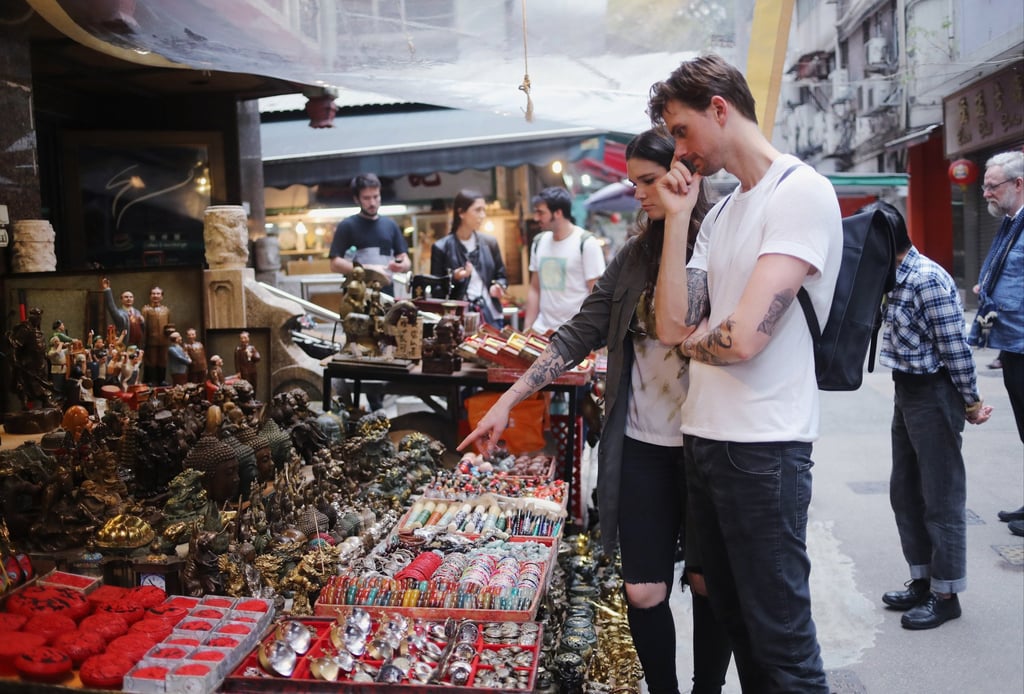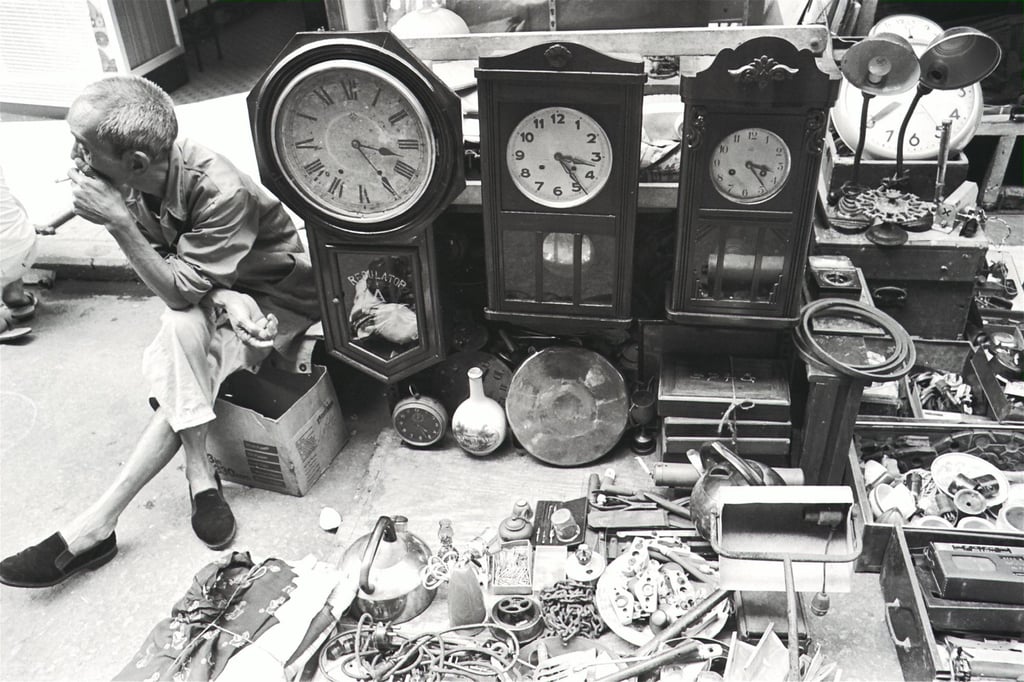Then & Now | The legacy of Hong Kong’s signature curio shops
Long a magnet for tourists, the vast choice of ‘oriental’ curios on sale at visitor hotspots across Hong Kong have been a feature of the city since its urban beginnings

Since the mid-19th century, Hong Kong has been famed for the extensive array of (mostly, but not exclusively, Chinese) curios available in speciality shops. A mainstay of the local tourism industry, generations of visitors have departed these shores with some appealingly “oriental” item tucked away in their baggage as a memento of their stay. While some are genuine antiques, most curios are recently manufactured. Porcelain items, jade and intricately carved netsuke remain popular, along with Swatow embroideries, Mandarin coats and scroll paintings.

Interwar Hong Kong was an excellent place to buy high-quality Japanese curios, such as netsuke, unusual as their widespread availability here may appear today.

Hong Kong in those years had a sizeable resident Japanese community, many of whom had made their homes in the British colony for decades, and who spoke English and Cantonese, as well as Japanese. As a free port, curio items, like almost everything else on offer in that long-ago “shopping paradise”, were imported and sold unburdened by export and import tariffs and local sales taxes. Consequently, purchases made in Hong Kong were frequently cheaper than in their country of origin. And unlike Japan, where curio items varied throughout the country, Hong Kong’s speciality shops that sold such wares were within pleasant strolling distance of each other and stocked a wide variety.
